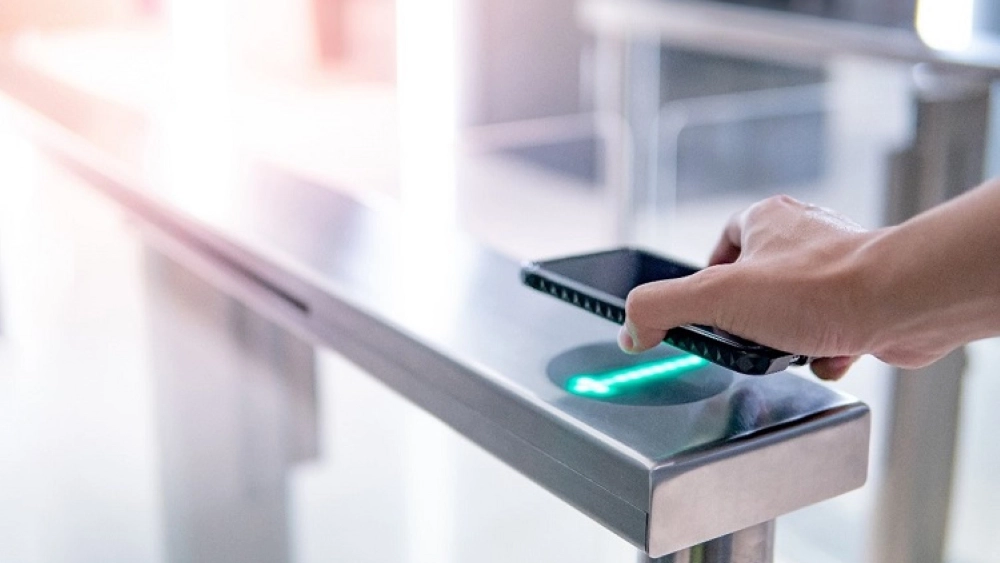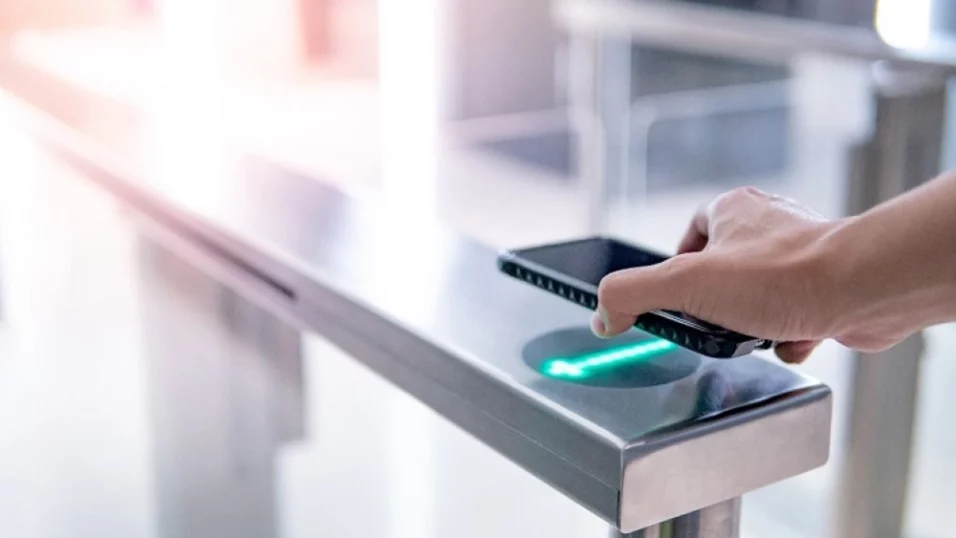



Harnessing the power of technology
By Chubb Team | 22nd September 2022




By Chubb Team | 22nd September 2022
Modern-day technology is incredible. As a leading supplier of fire safety and security solutions, we have been at the forefront of breakthrough technologies for more than two centuries, from the emergence of new hardware and semiconductors to advancements on the internet and the cloud!
Although these developments are extremely exciting, true technological breakthroughs are not as frequent as they appear. More so, developments and trends tend to centre around three concepts.
In this blog we explore how Chubb is harnessing the power of technology to protect our customers and the buildings they occupy with greater speed and efficiency.
The evolution of the humble TV has been incredible over the last century. Back in 1926, when Scottish inventor John Logie Baird demonstrated the world’s first live working television system, nobody would have thought that some 96 years later, we would be streaming thousands of programmes via the internet to our smart 4K televisions. This is an excellent example of the constant refinement and adoption of the latest technology to increase appeal.
Secondly, the merging of technologies to provide increased functionality. When Apple launched its first-generation iPad in 2010, it revolutionised mobile computing. The new tactile consumer product felt truly groundbreaking by merging technologies and making it sleek and aesthetically pleasing. But its roots are thought to go back to 1993, stemming from Apple’s first tablet computer Newton Message Pad 100. Apple was able to bring the Newton Message Pad 100 up to date with better functionality and more appealing looks.
After refining and merging technology, the third and final element is to productise or mass market the technology. This is ordinarily achieved by one of two paths, or in some cases, both simultaneously. The first path is about making the technology affordable to the market, and the second is to make it easier to use with more intelligence sitting behind the commands giving you more ‘bang for your buck’.
Our expansion into security started in the early 1960s, and since then, we have been securing buildings, facilities, assets, and people with the best systems, software, data, and networks.
Over the last 60 years, we have utilised the technology of the time to find the most effective methods and solutions to successfully protect our customers’ worlds.
In 2020, there were thought to be 5.2 million security cameras in the UK. That’s roughly one camera for every 13 people. A Mordor Intelligence report valued the surveillance market at £40 billion and expects it to reach more than £68 billion by 2026. Even in the last five years, video technology has advanced significantly beyond just capturing images.
The collaboration integrates our access management system, ADACS, with Airbox’s command and control software to create reliable real-time information. ADACS is a powerful and sophisticated information management system that collates data and security information from multiple channels and easily integrates with an organisation’s intruder detection, access control, CCTV monitoring and digital video recording technologies.
While the basis of the ADACS technology isn’t groundbreaking, we have been refining, developing, and evolving it for the best part of 30 years to create a highly effective and extremely functional security solution.
Access control is another interesting topic that is constantly developing.
Again, some of the trending technology used in access control hasn’t changed much over the last few years, but how this technology is being used and presented is revolutionising the industry.
The rise of touch-free technology has enabled offices and commercial buildings to improve hygiene, achieve faster and more efficient access, and manage occupancy more accurately. The pandemic was a catalyst for more hygienic and safer working environments. In the past 18-24 months, we have replaced press-to-exit buttons with contactless, hands-free sensors, which immediately minimises the spread of viruses.
Near Field Communication (NFC) or Radio-Frequency Identification (RFID) technology allows people to access and egress building instantly without touching surfaces. But this technology has been around since the Second World War. The Royal Air Force placed transmitters on their planes which received signals from British radars and returned a signal to indicate that the plane was a friend not foe.
Mobile technology can also be linked with CCTV to create smart and fast access control. We have an impressive piece of software that connects the technology to speed up entry to buildings to minimise the congestion caused by employees searching for their ID badges. Mobile technology meant the employees had everything they needed in their hands for a speedy entrance. Integrating this solution to the CCTV system provides additional security capability.
Additionally, these systems can be used to improve the efficiency of Building Management Systems. Organisations can monitor, track, and analyse precisely who and how buildings and office spaces are being used. The data is compelling and can inform managers on how many people are in a room at any one time, when they entered, how long they stayed, and when they left.
Improving operational efficiencies
A good example is employees working late at night across several floors of a large building. There may only be one employee on each floor, but they will require lighting and quite often heating to work comfortably. But this can often be quite lonely. So, by moving those employees to the same floor, an organisation can boost its employees’ well-being, tighten security and safety, and reduce energy and electricity costs.
Another impressive feature taps into HR systems and can improve how people travel around buildings. The system can pinpoint which department people work in and on what floor by using the employee’s credentials. When the employee calls the elevator, for example, the technology kicks in and takes the employee (and others destined for the same floor) directly to their desired location. This cuts out unnecessary stops on different floors and enables the elevator to work more efficiently. This information can also be vitally important in the event of a fire as it gives an accurate account of who is in the building and which room to ensure they are accounted for during the evacuation.
It’s clear that the security industry leans heavily on technology for its advancements and breakthroughs and will continue to do so in the future to satisfy market requirements.
By having smarter devices to monitor CCTV, intruder, fire, and access control more accurately, users can simply see or investigate in real-time or retrospectively events that they determine to be of interest. Refining, developing, and then merging technology to make it more intuitive, functional, and affordable certainly hits the ‘sweet spot’ in harnessing the power of technology to provide effective and reliable security solutions.
When we consider the incredible journey technology has been on, whether it be the much-loved television, the iPad, or Chubb’s security system, it is exciting to imagine the next developments and trends.
Watch this space because we are already working on those advancements and have lots more coming!
To find out more about Chubb’s portfolio of security solutions, please call our expert team on 0800 321 666
Media enquiries: